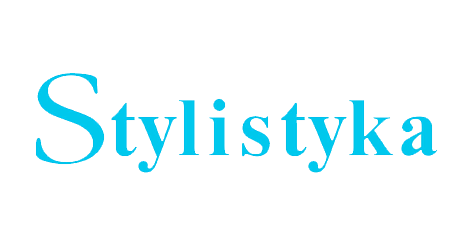

The article presents the problem of the ways time is defmed in the texts of legał acts. The absolute time (indication of an exact day, month and year) is referred to rarely in the legał acts. Such texts are specific for providing a relative definition of time. Hence they łąck deictic terms like here, now, there. Instead they define time and place by description. A legislator, when referring to time definitions in the legał acts, takes advantage of the re- ady-made formulas, which may indicate: (a) passage of time, (b) beginning of a period of time, (c) end of a period of time (deadline) particular moment in which a given legał fact (event or action) is to take place. Such ways of defining time are meant to ensure consi- stency and the biggest possible precision of the texts of legał acts. These aims are also aided by the fact that the above mentioned time definitions are to the considerable extent included in the directives for drawing up the legał acts texts contained in the Zasady Techniki Prawodawczej {Rules of Legislative Techniąue).
Скачать файлы
Правила цитирования
Лицензия